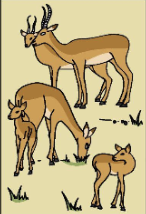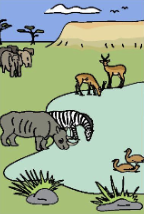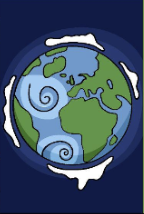Biology - Abiotic and Biotic Factors
1/15
Name | Mastery | Learn | Test | Matching | Spaced |
|---|
No study sessions yet.
16 Terms
Ecology
The study of how organisms interact with other living and nonliving components.
Ecologist
Person who studies ecology
Cellular organization
Living things are made of cells.
Growth
All living things can grow
Response to stimuli
Living things can respond to the environment
Reproduction
Living can reproduce offspring. They reproduce asexually or sexually.
Homeostasis
Living things can control internal environment, temperature control is an example.
Metabolism
Chemical reactions occur inside living things all the time. The sum of these chemical reactions are called metabolism.
Evolution
All living things can evolve as an entire population. This is possible through genetic changes.
Biotic factors
Living components of life. Bones and carcasses are also considered biotic factors as they were once living.
Abiotic factors
Nonliving components of life. Fossils are considered abiotic as all living materials, such as biomolecules and cells, have decayed, making a bone into a rock.

Organism
A single living thing in one type of species. E.g., Gazelle

Population
Organisms that are from the same species, area, and time. E.g., Herd of Gazelle.

Community
Organisms of different species grouped up inside the same area and time. E.g., Gazelle, Zebra, Eagle, Acacia Trees, etc.

Ecosystem
All the biotic and abiotic factors in an area. E.g., Savanna Ecosystem

Biosphere
All parts of the Earth, in other terms, all existing ecosystems.